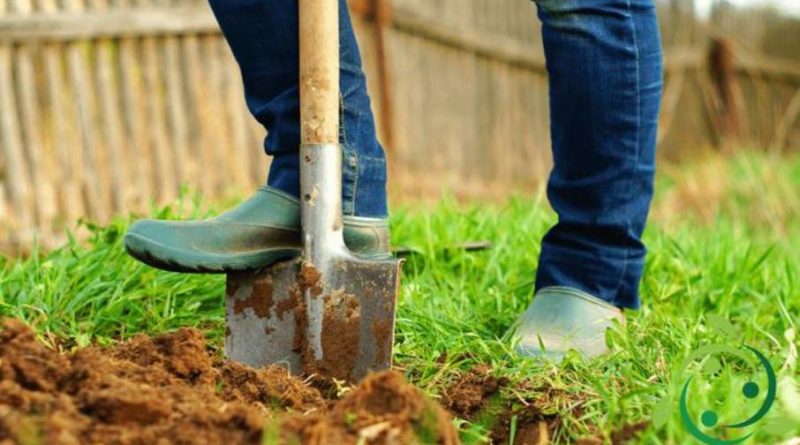Digging
Digging
The term digging, in agronomy, means a processing performed as an alternative to plowing with the use of a digging machine. The working conditions are such as to consider it a suitable processing especially for less heavy and more loose soils.
The digging, moreover, if manual, can be adopted on small surfaces, in horticulture and gardening before sowing or transplanting. This operation therefore assumes the role of a main process and is offered as an alternative to plowing, with which it shows several similarities.
The digging is done with a tool called a spade. In this technique, the farmer stands on hard ground facing the worked part. The blade of the spade is inserted into the ground, pressing with one foot in order to increase the penetration force on the shoulder of the blade or on a special accessory, which is the vangile. As soon as the blade sinks, the farmer leverages the edge of the firm ground, on the hand that holds the handle at the bottom and possibly with the thigh, and raises a slice of earth by turning it over those previously overturned.
The turned slice is normally shredded with a few strokes performed by cutting with the same tool to reduce the size of the clods, especially in the more consistent soils.
The advantage of digging, compared to hoeing, is that the soil is not walked on during the operation.
The digging has a working depth that oscillates, also according to the consistency of the ground, between 20 and 30 cm.
With the digging, especially in the more compact soils, after this processing, a second one, carried out with the rake (raking) is necessary with the aim of refining the soil and preparing it for sowing or transplanting the young seedlings.
Obviously the digging, compared to the plowing, in addition to the obvious differences in tools and technique, has much longer execution times than this, which restricts its scope of application to gardening and small family-run gardens.
As an alternative to manual digging, mechanical digging can be used.
The latter is performed with special spading machines, capable of emulating, at least conceptually, the work of manual digging. The spading machine is a mounted implement, with several working parts moved by the tractor’s power take-off. Each working organ simulates the classic spade in shape but the result of the work changes considerably compared to manual operation: the type that comes closest to the traditional spade has a trapezoidal blade that in its motion (transmitted by a reverse thrust crank mechanism) it penetrates the ground, lifts a slice and turns it in the opposite direction, with respect to that of the machine’s forward movement, overturning it within certain limits.

